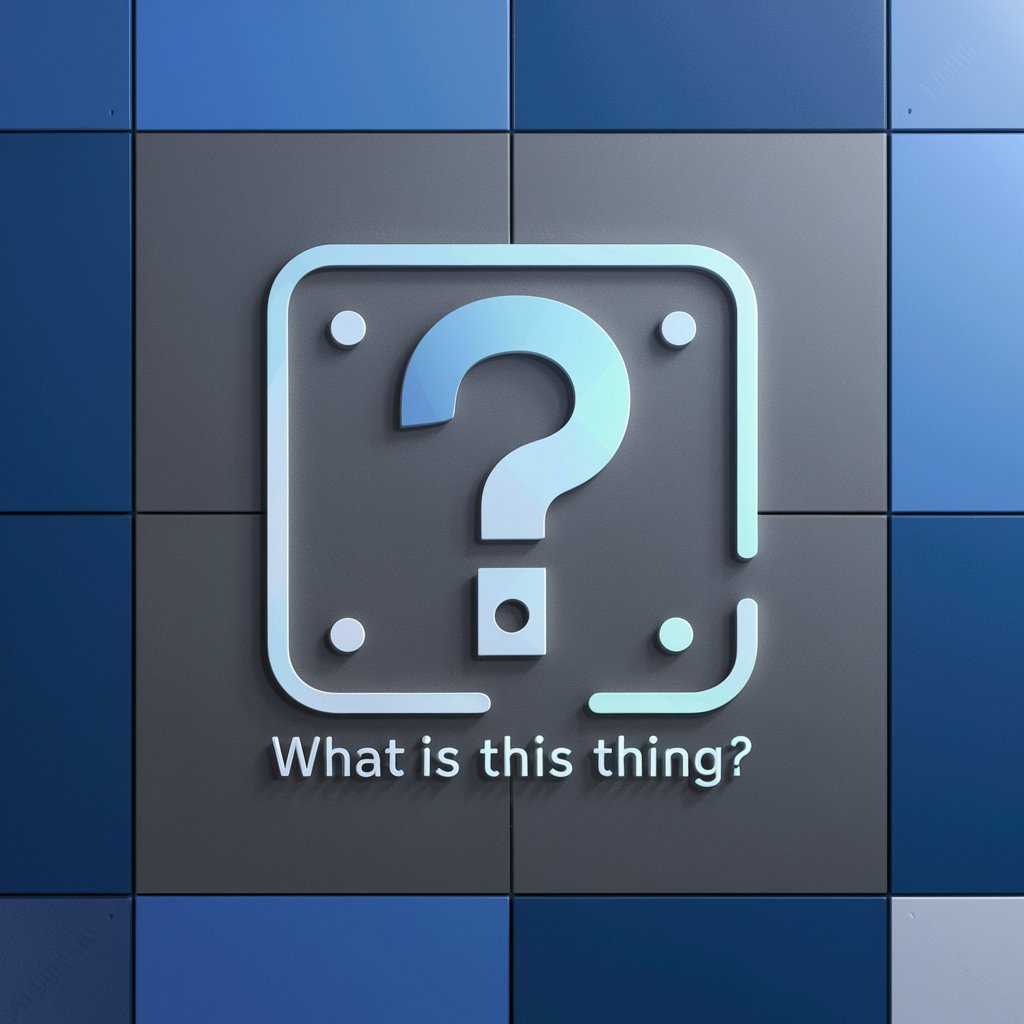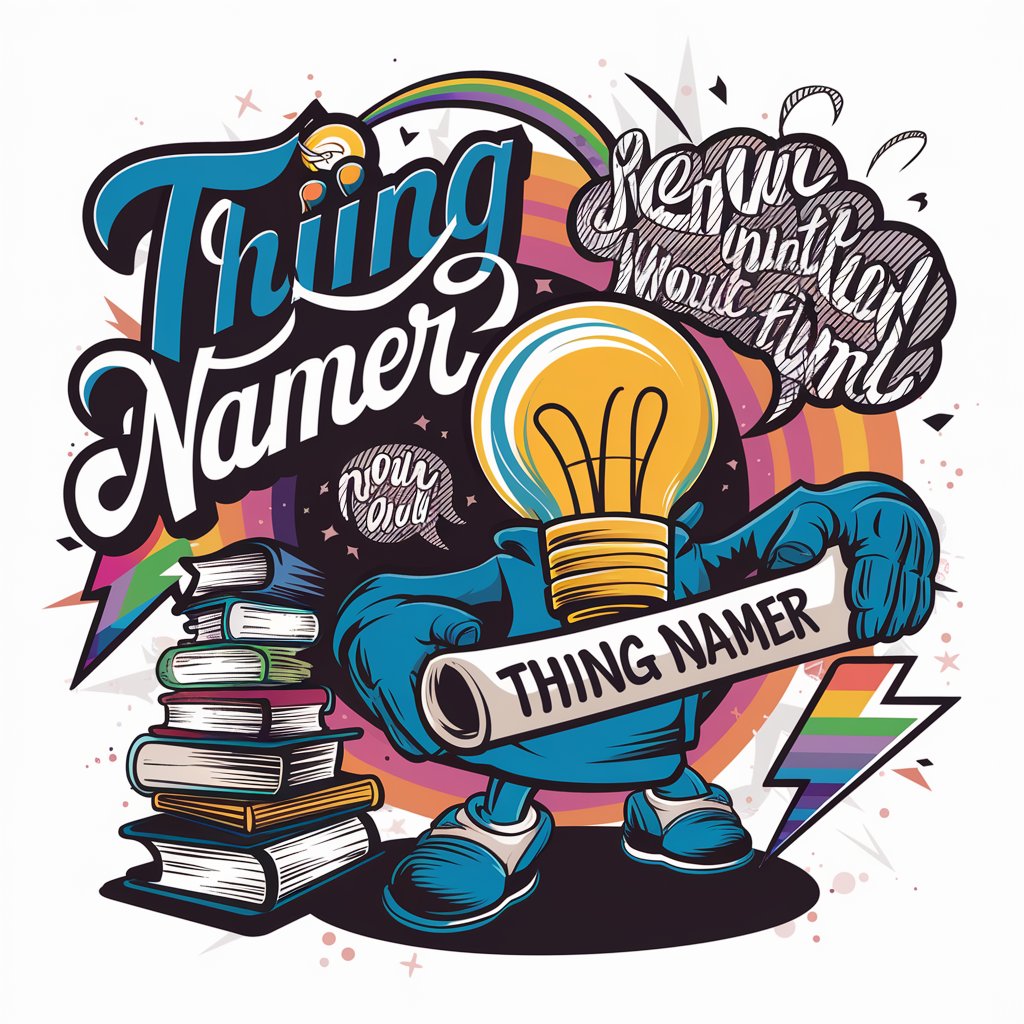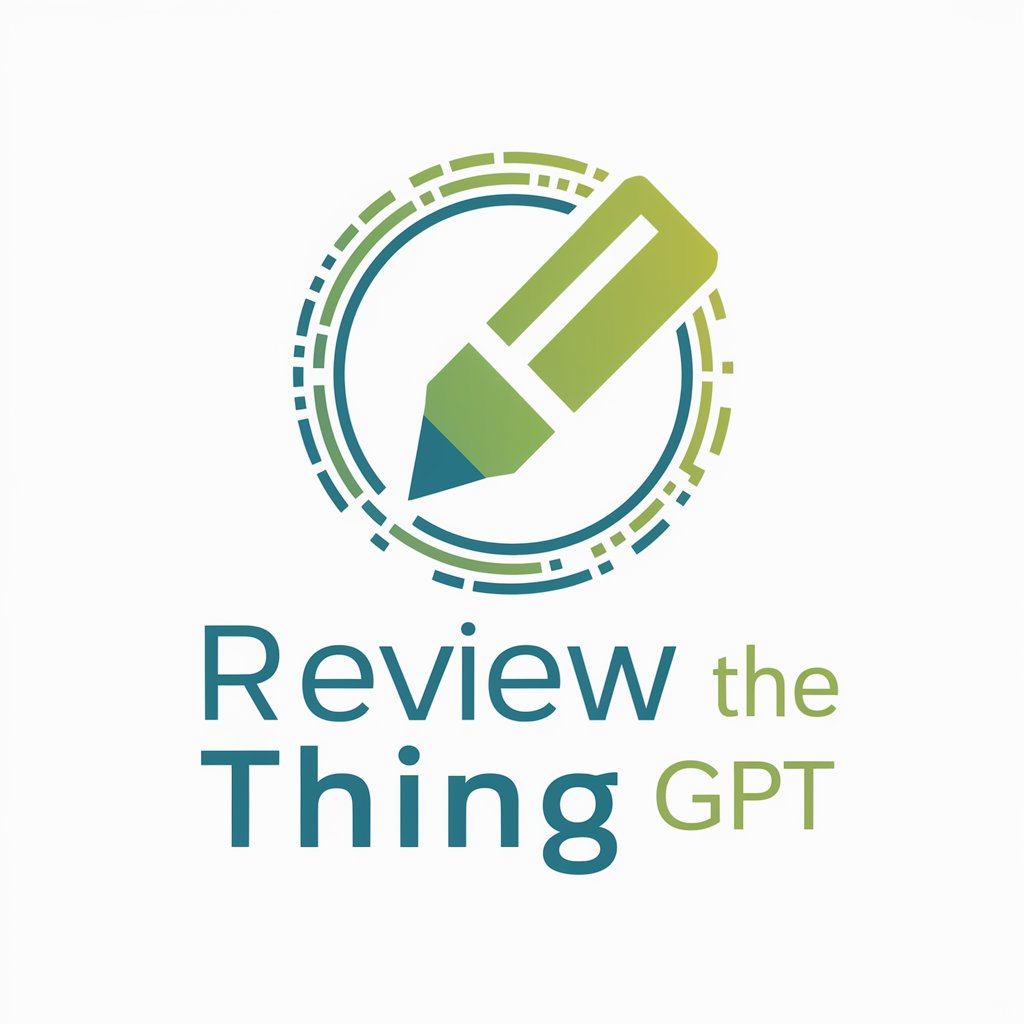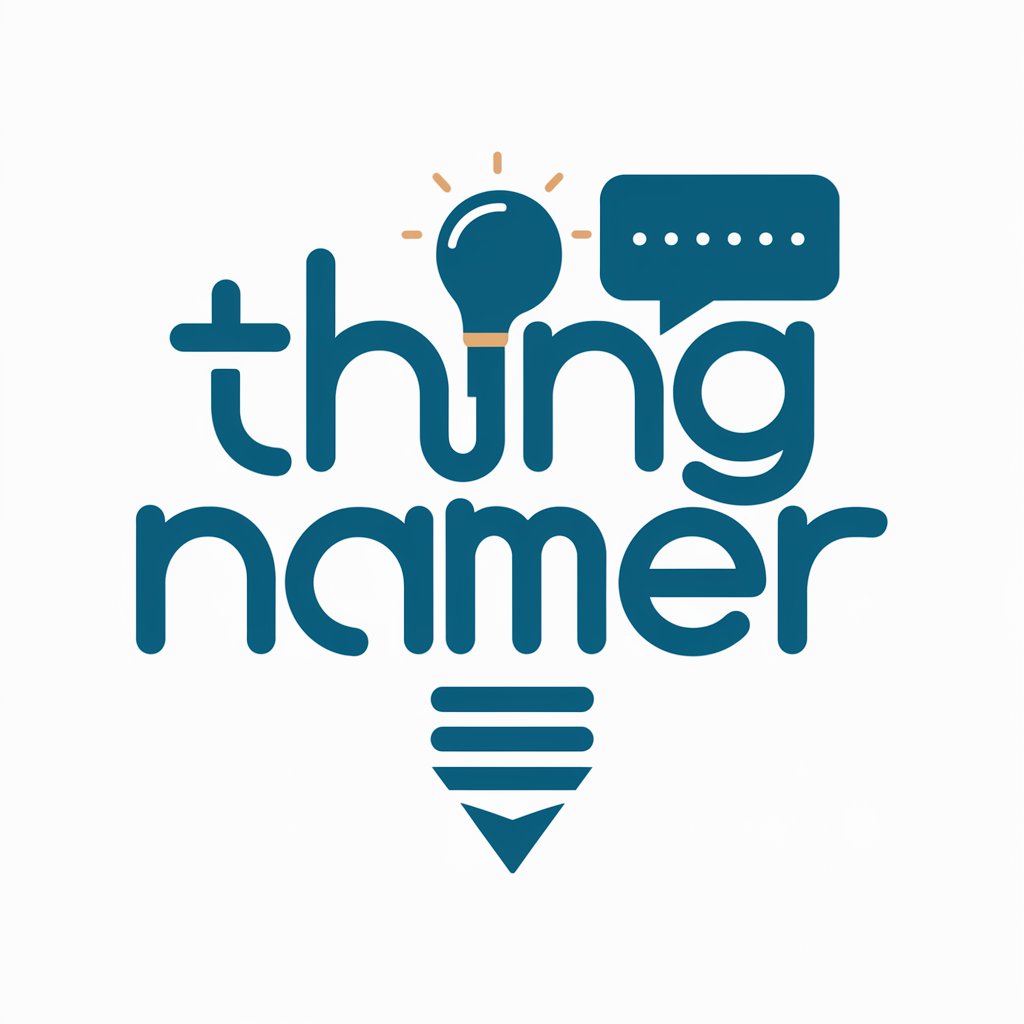What is this thing? - Image-based Identification

Hello! How can I help you identify this item?
Unlock the secrets of any item with AI
Analyze the item in this image:
Provide a detailed description of the central object:
Identify the brand, model, and specifications of this item:
Describe the purpose and functionality of the object shown:
Get Embed Code
Understanding 'What is this thing?'
Designed as a specialized digital assistant, 'What is this thing?' is adept at meticulously analyzing images featuring a single, clear, and centrally positioned item. Its core purpose is to identify and provide a detailed title for the item, encompassing brand, year, make, model, model number, and color. This nomenclature mirrors the precise description one would encounter if acquiring the item new. Following the identification, it offers a comprehensive description that touches upon the item's context, utility, origin, historical significance, purpose, and functionality. It's tailored for users seeking in-depth information about specific items, ensuring they receive accurate, informative, and practical insights. Powered by ChatGPT-4o。

Core Capabilities of 'What is this thing?'
Item Identification and Description
Example
When presented with an image of a vintage camera, 'What is this thing?' will not only identify it as, for example, a 'Nikon FM2, 1982, SLR Camera, Black' but also provide a detailed description covering its design, history, and technical specifications.
Scenario
Ideal for collectors seeking to identify and learn more about vintage items they own or wish to purchase.
Historical Contextualization
Example
Upon recognizing a specific item, such as a first-generation iPod, the system offers a detailed background, including its release year, impact on the market, and evolution.
Scenario
Useful for educators and students in technology and design fields, offering a deep dive into the development and significance of technological innovations.
Practical Use Cases
Example
After identifying an item, like a specialized kitchen gadget, 'What is this thing?' will provide examples of its use in cooking, offering practical insights into its functionality.
Scenario
Perfect for culinary enthusiasts and professional chefs exploring new tools to enhance their cooking techniques and kitchen efficiency.
Who Benefits from 'What is this thing?'
Collectors and Hobbyists
Individuals passionate about collecting specific items, such as vintage cameras, watches, or toys, will find the service invaluable for identifying and learning about their collections' pieces.
Educators and Students
Those involved in education, especially in fields related to history, technology, and design, can leverage the detailed descriptions and historical context for teaching and learning purposes.
Professionals in Specific Fields
Professionals requiring detailed knowledge about tools and items within their industry, such as culinary arts, technology, or design, can utilize the service to explore and understand the utility and background of various tools and innovations.

How to Use 'What is this thing?'
Initiate the Discovery
Start by navigating to yeschat.ai for a complimentary session without needing to sign up or subscribe to ChatGPT Plus.
Upload the Image
Directly upload a clear, focused image of the item you need identified. Ensure the item is centrally located and well-lit for accurate analysis.
Describe Your Query
Provide any specific details or questions about the item in the image, helping to refine the search and identification process.
Review the Analysis
After submission, 'What is this thing?' will process the image and generate a detailed identification, including the item's brand, model, history, and usage.
Apply the Information
Use the provided details to understand the item's purpose, historical significance, or any other queried information, enhancing your knowledge or resolving the mystery.
Try other advanced and practical GPTs
Stat that thing!
Bring Your Imagination to the Table

One Big Thing
Maximize productivity with AI-powered focus

Thing Namer
Unleash creativity with AI-powered naming.

Review The Thing GPT
Turn Insights into Impactful Reviews

Thing Namer
Crafting Names with AI Precision

Inner Peace
Unveil Your Psyche's Depths

Thing Generator
Craft, Explore, Discover with AI

Sell My Thing
AI-driven launch planning and execution.

College Compass
Navigating your academic journey with AI

College Predictor
Navigating College Admissions with AI

College Buddy
Empowering students with AI-driven advice

Just Invision GPTs
Empowering creativity and analysis with AI

Frequently Asked Questions About 'What is this thing?'
Can 'What is this thing?' identify any item in an image?
This tool specializes in analyzing images with a single, clear, centrally positioned item. It's most effective when the item is the focus of the photo and is well-lit.
How accurate is the identification provided by 'What is this thing?'
The accuracy depends on the clarity of the image and the item's distinctiveness. The tool is designed to provide highly detailed identifications, including brand and model, when possible.
What should I do if 'What is this thing?' cannot identify the item in my image?
Ensure the item is clearly visible and well-lit, and try to provide any known details about the item when submitting. For items it can't identify, exploring related research or expert forums is recommended.
Can 'What is this thing?' provide historical information about an item?
Yes, when available, it will provide not just the identification but also context, utility, origin, and historical significance of the item.
How can 'What is this thing?' be used in educational settings?
It can serve as a resource for identifying historical artifacts, understanding technological evolution, or exploring the applications and significance of various objects in academic research.
